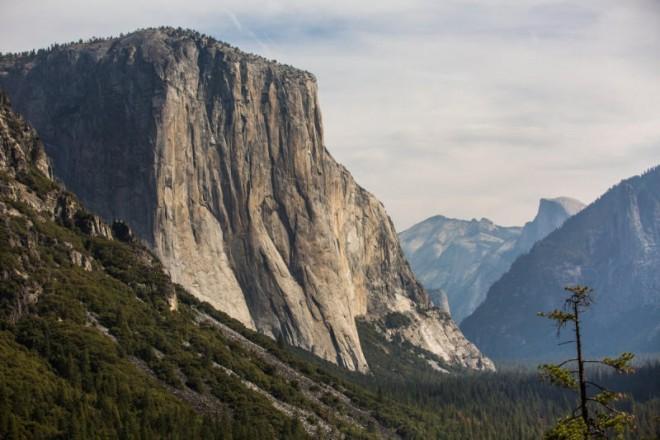Yosemite was one of the first to become a national park, more than 100 years ago on October 1, 1890 (before the National Park Service existed). It's home to one of the most notoriously difficult routes for both free and rock climbing: The Nose at El Capitan.
There are two main faces of El Capitan — the Southwest and the Southeast. The Nose lies between the two and is the most popular climb of El Cap. The 3,000-foot mountain was once considered impossible to climb due to the technicalities involved.
The very first successful rock-climbing ascent of The Nose wasn't until 1958, and until 1993, no one had successfully free climbed it. Since then, only four people have successfully completed a free-climb ascent of The Nose.
Free climbing — rock climbing using only your hands, feet, and ropes — can be very dangerous, but it can also be extremely rewarding. It can be done solo, with or without the help of safety gear to protect from falls, but not to assist on the ascent.
We got a chance to speak with one of those climbers, Jorg Verhoeven, and his photographer, Jon Glassberg, about their journey up The Nose.
In 2014, Verhoeven finished the fifth ever free-climb ascent of The Nose, taking only three days to do so. The past free-climb ascents had been done in 12 days, four days, and even one in less than a day.
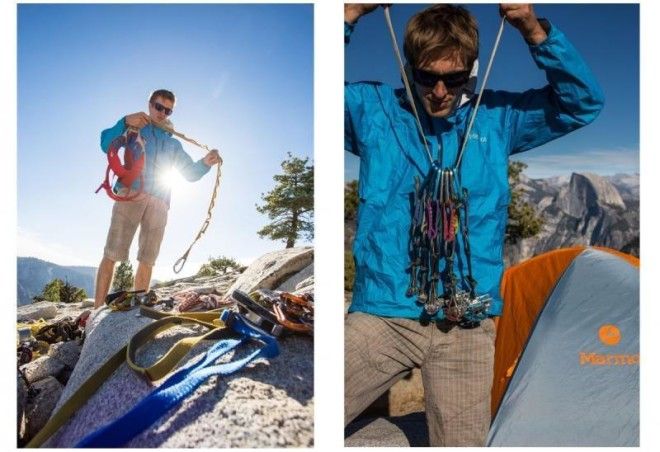
"Climbing in Yosemite has been a dream for me ever since I've started climbing," Verhoeven told Business Insider. "Just the stunning view driving into the park, as you see the profile of the Nose, makes a climber's heart beat faster."
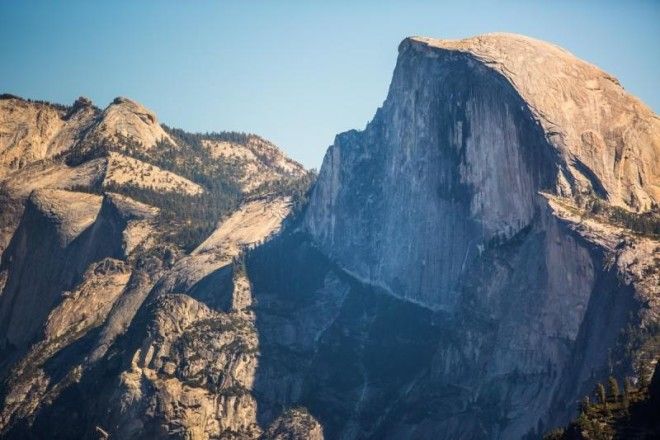
"Standing underneath, I knew that however long this might take me, I had to try and climb it," Verhoeven said.
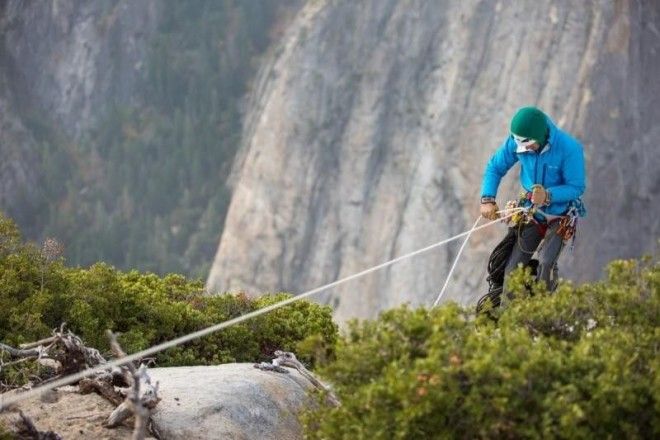
Photographer Jon Glassberg followed Verhoeven during his prep for the climb, capturing images and video. Verhoeven climbed mostly in the early morning to escape the heat, and relaxed at night.

"I would spend my days on the wall, shooting and documenting Jorg's progress, and then I would ascend a rope to the summit of El Capitan and sleep for the night," Glassberg told.

Careful planning went into the climb. Verhoeven worked on the route for about three weeks, figuring out solutions for the more difficult parts of the wall before he made his final free-climb ascent.
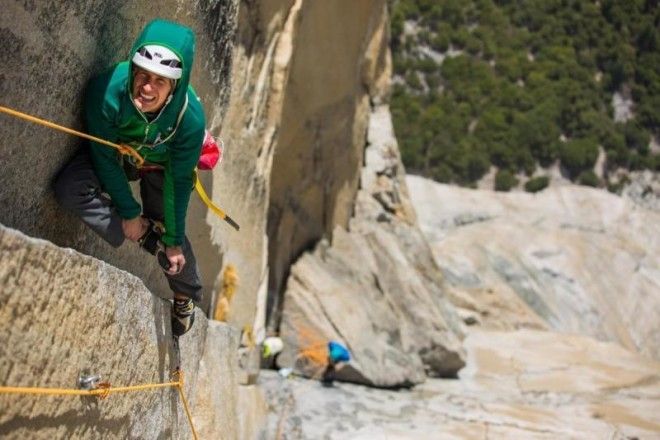
Verhoeven has always been a free climber, which is why he chose this method. "The purest form, of course, would be free solo, thus without the use of ropes or other safety measures," he said. "But to me, the risks do notweigh up to the experience. Using ropes, bolts and camping devices for safety to prevent you from dying feels only natural."
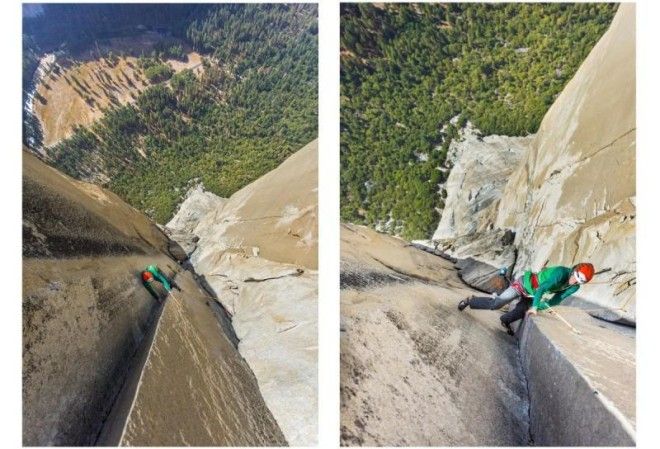
Glassberg did not climb The Nose with Verhoeven, but he spent days with him during his preparation. He would hike to the summit of El Capitan with static rope and fix the rope into the summit.
Advertising
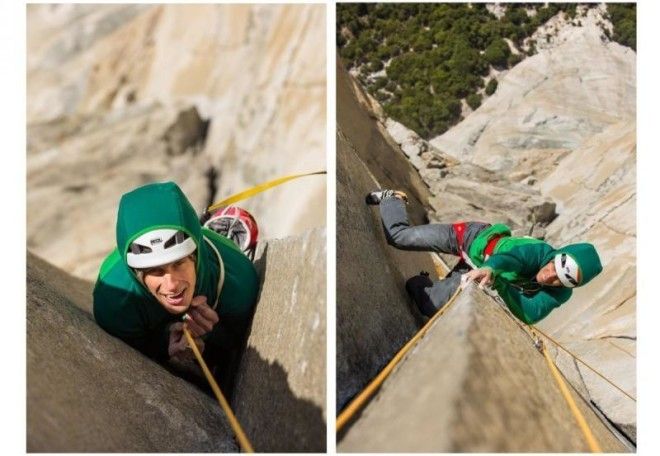
Verhoeven has been a competition climber for more than a decade, and he is always training. The route up The Nose requires a lot of patience and precision, but Verhoeven said he felt relaxed and ready for the challenge by the time he made his free-climb ascent.
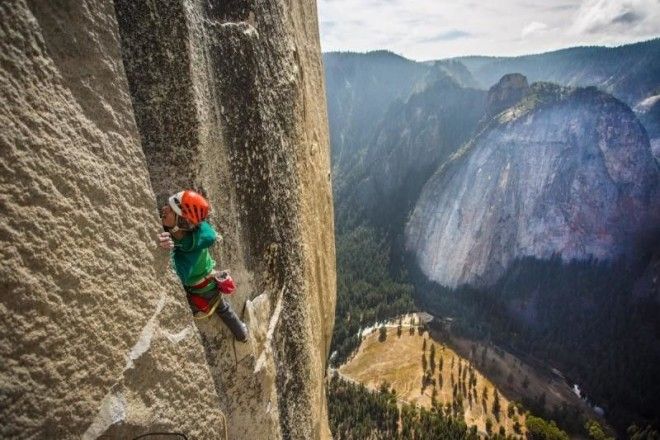
The weather can have a major effect on the climb. At times, the rock can get so hot that it's dangerous to free climb with just your bare hands. Plus, the heat reduces the friction, making it harder to climb.
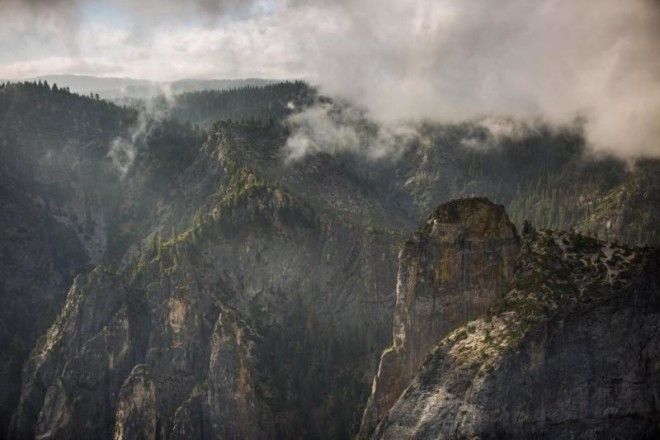
While Verhoeven was making his climb, he encountered many weather problems. "Just as I wanted to set off, a snow storm rolled in and covered the wall. Thankfully it only lasted a few days," he said. "But as I started the first day, the upper part was still seeping wet. Luckily the sun came out quickly and dried most [of the rock] so that only one hard pitch was a bit moist."
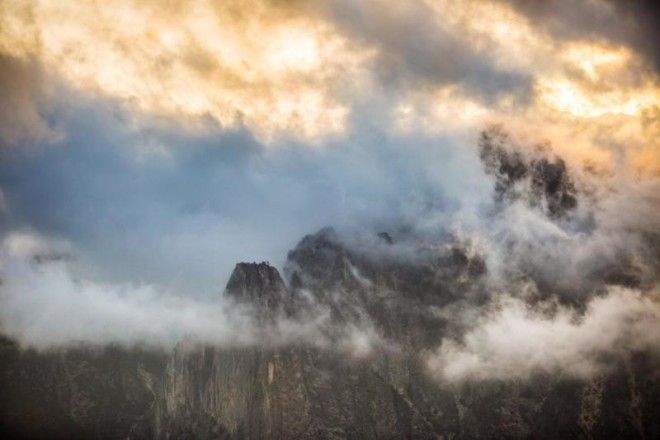
"It's hard being on the wall all day shooting in the sun and wind, and the exposure is insane," Glassberg said. "You are just dangling up there, 2,500 to 3,000 feet off the ground, swinging around on a tiny rope."
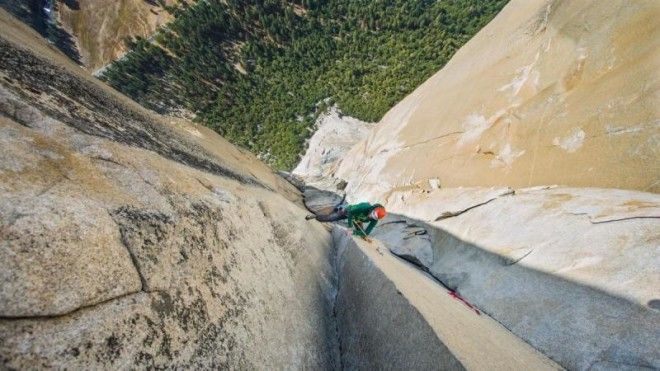
"Finishing a goal you've worked for so hard is always a mixture of strong emotions," Verhoeven said.
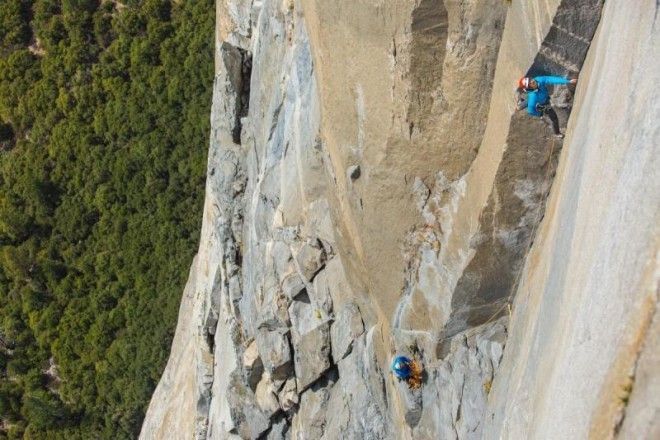
"On one side I was filled with joy and satisfaction of accomplishment. On the other side I felt a bit sad that the project was now at its end," Verhoeven said. "Climbing such a big wall is mostly about the entire experience and the process you go through, all of this suddenly ended after succeeding. Last, but not least, I was deadly tired and in strong need of a pizza."

